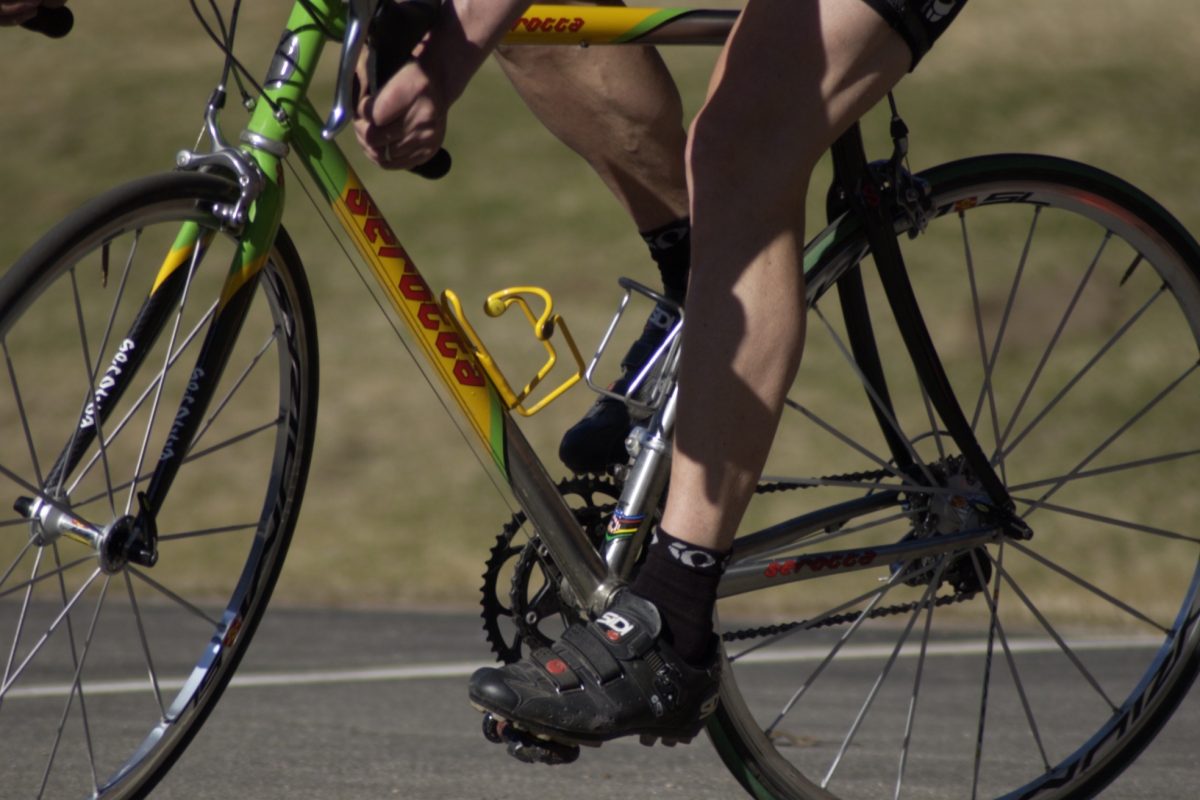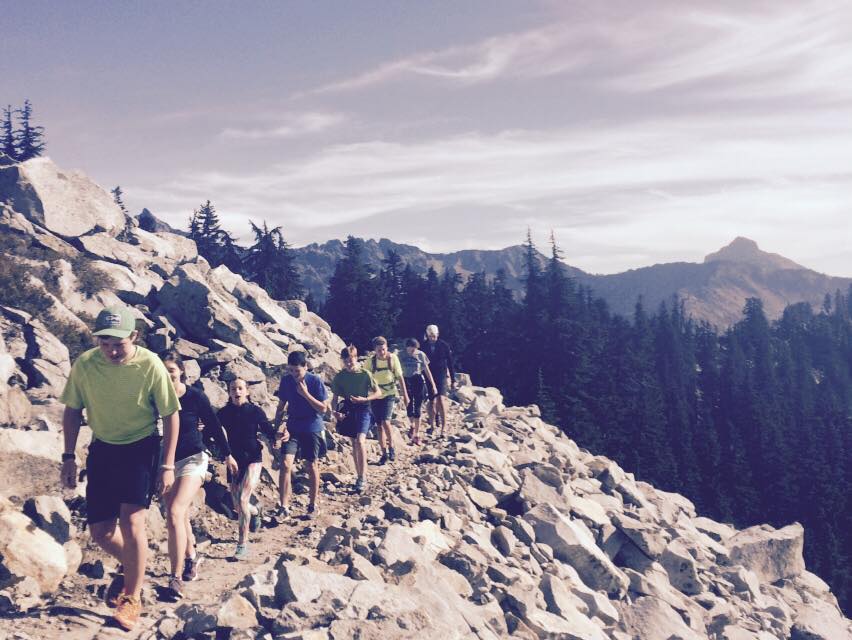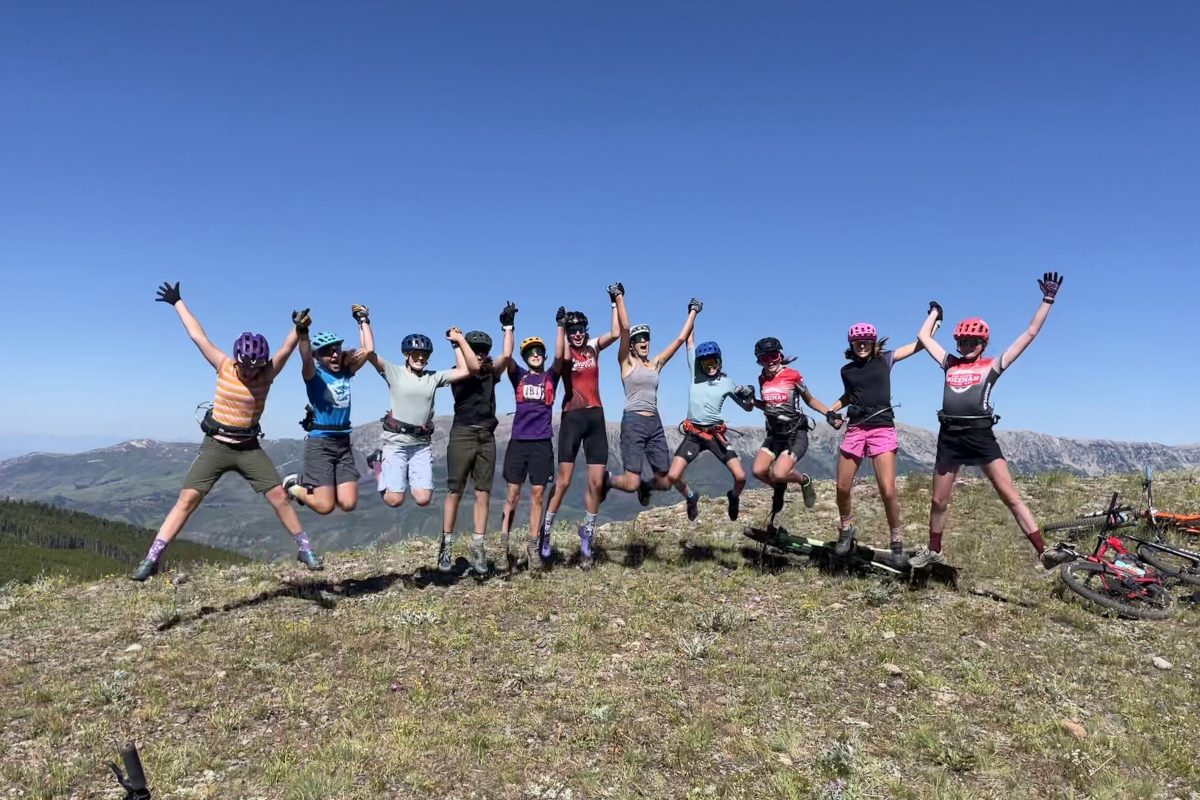
Field Report from the Winner of the Yellowstone Rendezvous
I thought I finally had things figured out. I have lived in Park City for quite some time now, have been nordic ski racing for a big chunk of that time and have been a Toko Tech Team member for several years. I knew everything I needed to know to have it figured out. I sold all of the skis I had that I just didn’t really use; all my stiff skis with warm grinds. I ground all of my existing skis with fine, cold grinds and narrowed my “quiver” down to a manageable, necessary supply. After all, up here in the rocky mountains, all one really needs are skis that run well in cold, dry snow. It’s simple, low humidity and high altitude make for cold ski conditions even when it’s 35-40 degrees outside. Why bother having a bunch of skis I never use if I am doing most of my racing in the intermountain area anyway? If I ever needed anything warmer, it is as simple a solution as using the Toko Structurite tool for modification. Easy questions, easy answers…then came La Nina.
You know La Nina. Our Jetstream tends to sit a little higher than normal, dips down a little further East than normal and can cause havoc in unsuspecting places. More moisture and more potential for snow if it decides to drop down and hit us. If it stays higher up, it will go right over us and leave us with nothing but warmer than normal temperatures. We have had it before and those of you with log books or good memories know how it can change things here in the mountains. I have neither a log book or a good memory. I have it all figured out. Well, I thought I did.
It took a couple poor results in some important races to bring my know-it-all attitude crashing to the ground. I was stricken with slow skis and didn’t know what to do. Was it the wax? No. In both cases, the wax tip was what won the race. I am lucky enough to have access to the best waxes available and I used exactly what I thought would work, tested it and confirmed it with others. That was not the problem. Was it the skis. Well, yes but no. It was in no way the brand of skis. No one ski company was better than any other in either situation. Now I was baffled. I had faith in my skiing but not my ability to choose the right ski.
As you may or may not know, choosing the right ski is as important as being fit. It’s not like cycling where you can get on the starting line and, depending on your strategic savy, you are basically only limited by your fitness. In cross country ski racing, you can be the most fit, have the most savy, eat the best foods, use the best wax, have all the best equipment and get your butt kicked if you choose the wrong skis. It’s a tough pill to swallow, especially when you don’t have the luxury of fifteen pair of skis to choose from. I know this is a Toko article and I am on the Toko Tech Team but I am going to let you in on a little secret: Wax is important, but it is not necessarily most important. In some cases, it is not even the second most important factor in having fast skis. In many situations, the order of importance goes like this: Ski flex, base grind, wax job. Pay attention to the skis you buy. Get the ones that are flexed for your body weight. If you are lucky enough to have more than one pair, get a softer pair for colder conditions and a stiffer pair for warmer conditions. Next, pay attention to the grind you put on them. Factory grinds these days are surprisingly good so don’t just assume you need to go out and spend $60 on top of what you have already paid for the ski. Maybe leave the factory grind on your universal ski and grind accordingly for others? Last, go to a wax clinic in your area. Waxing correctly may be more important than waxing with the most expensive wax. Next time the weather throws you a curve-ball and you hear everyone talking about how such and such a wax is the only thing that will work in those conditions, remember to go back to what’s most important first.
So, here’s how the story ends. I had one last chance to get it right. One last big race for the season and I really wanted to get it right. I waxed three pair of skis based on the forecast and what I thought was going to work for the conditions. I was anxious all night…not about the race but about getting the skis right. I lost sleep over it. The next morning I tested those three pair of skis. They all felt pretty much the same. Okay but not great. They were waxed for what I thought the conditions were going to be so why weren’t they great? Then I thought about what I already knew but neglected to consider. Were they really the best skis for the job? The best skis for me for those conditions? I ran back to the car and grabbed the skis I had warmed up on the day before. They had race wax from a race a week earlier, but they had been skied on and I had not been planning on using them for this race. These skis had a more pronounced camber yet still had soft tips. Thank goodness I tried them. They were great!
I applied what I already knew and it worked. I lost sleep over it but it worked. Turns out there really is no easy way to get it right. You do have to dig into that log book, rattle that memory and apply everything you already know.
Jason Travis, Toko Tech Team
(Congratulations to Jason for winning the Yellowstone Rendezvous 50k skate race)
Three things that you need to get right to have really good skis
The three big factors are ski selection, structure, and wax. Sometimes one of these factors plays a more influential role than the others, but in general, in order to have decent skis, you can’t miss on any of the three. If for example the snow is very dry and you have great skis and wax, but a “wet” grind, you’re not going to have really good skis. If the snow is very wet and you have great structure and wax, but the skis are wrong, you’re not going to have really good skis.
Ski selection is too complicated to describe in a brief piece like this. For skating, the skis need to match the conditions. This means, not just softness of tips and tails and camber height, but also how much contact the skis have with the snow when they are weighted. Some skis have more and others have less. The best skis for cold dry slow conditions have more contact with the snow. The best skis for wetter (and dirty) conditions have less contact. For classic, things get even more complicated as the above apply as well as the need to get kick and keep the wax off the snow as much as possible. Generally your “wet” skis have a higher camber than your “dry” skis which matches the glide needs as well.
Most of us are relatively informed regarding structure. A good way to manage structure is to get a fine grind (cold) and then apply hand structure as needed.
Of course the properties of cold and warm waxes for example are radically different. They are good in what they are supposed to be good in and not so good in the the opposite conditions. Application method and technique also count for a lot.
Danielle Burgmeier Wins the Razzle your Drink Belt Contest
Congratulations to Danielle Burgmeier for winning the Toko Razzle your Drink Belt Contest and thus winning $500 worth of Toko product! That is one sharp looking drink belt!






One comment
skidor
March 16, 2011 at 10:42 pm
YEAH Danielle! Best be-dazzler I know